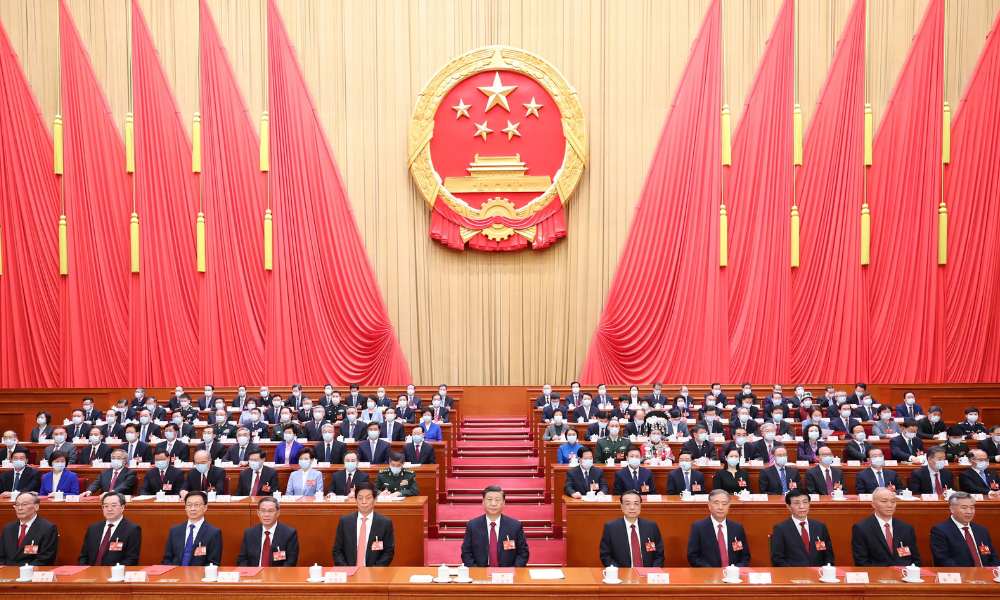
China's financial sector has undergone a remarkable transformation in recent decades, evolving from a primarily local and closed system to a global powerhouse. In this blog, we'll explore the ascent of China's financial sector and its journey from local to global prominence.
|
Are you a Tax Lawyer in USA? |
1. The Early Days: China's financial sector was historically characterized by a closed economy, stringent capital controls, and limited international engagement. However, as China initiated economic reforms and adopted an open-door policy in the late 20th century, the stage was set for change.
2. The Reform Era: The period of economic reforms, initiated by Deng Xiaoping in the late 1970s, paved the way for China's financial sector to gradually open up to the world. Special Economic Zones (SEZs) were established to attract foreign investment, and the Shanghai Stock Exchange was founded in 1990.
3. Banking and Financial Liberalization: China embarked on a journey of banking and financial liberalization, allowing foreign banks to establish a presence in the country. This move introduced competition and innovation into the domestic financial sector.
4. Capital Market Development: China's capital markets expanded rapidly, with the establishment of stock exchanges in Shanghai and Shenzhen. These exchanges played a pivotal role in allowing Chinese companies to raise capital and encouraging foreign investment.
5. Outward Investment: China's financial institutions began to venture beyond its borders, engaging in outward investment and mergers and acquisitions on a global scale. Chinese banks, such as ICBC and Bank of China, expanded their presence in international financial hubs.
6. The Belt and Road Initiative: China's ambitious Belt and Road Initiative (BRI), launched in 2013, aimed to connect Asia, Europe, and Africa through a network of infrastructure projects. Financing for BRI projects led to increased international cooperation and investment.
7. Renminbi Internationalization: The internationalization of the Chinese currency, the renminbi (RMB), was a key milestone. The RMB's inclusion in the International Monetary Fund's (IMF) Special Drawing Rights (SDR) basket marked a significant step towards its global recognition.
8. Fintech Innovation: China's fintech sector witnessed explosive growth, with companies like Alibaba's Ant Group and Tencent's WeChat Pay becoming global leaders in digital payments and financial technology.
9. Regulatory Reforms: Chinese authorities implemented various regulatory reforms to align the financial sector with international standards. This included steps to improve corporate governance, transparency, and risk management.
10. Global Collaboration: China actively sought collaboration with international financial institutions and participated in forums such as the G20 to address global financial challenges and promote stability.
11. Challenges and Future Growth: While China's financial sector has made significant strides, it continues to face challenges, including concerns about debt levels, regulatory complexities, and the need to balance economic growth with risk management.
In conclusion, China's financial sector has made a remarkable journey from being primarily local and closed to becoming a global force to be reckoned with. The country's ongoing commitment to reforms, international cooperation, and innovation positions it at the forefront of the evolving global financial landscape. The dragon has indeed ascended, and its influence on the world's financial stage is set to continue growing in the years to come.